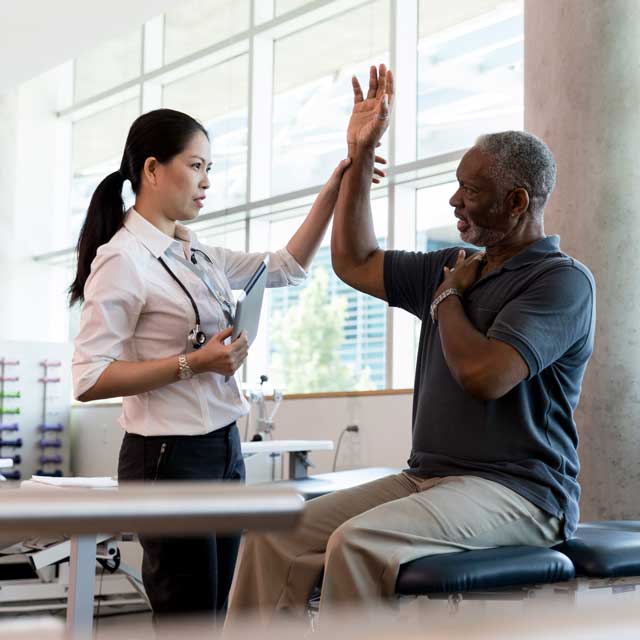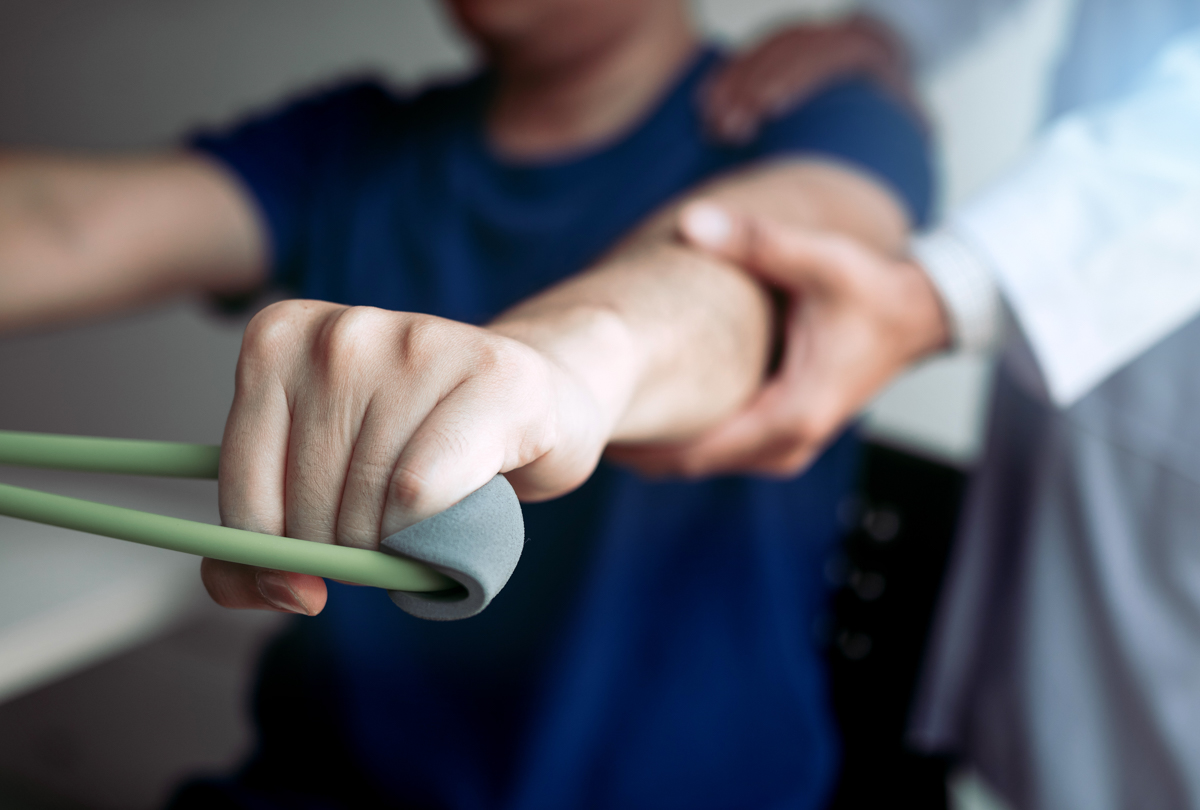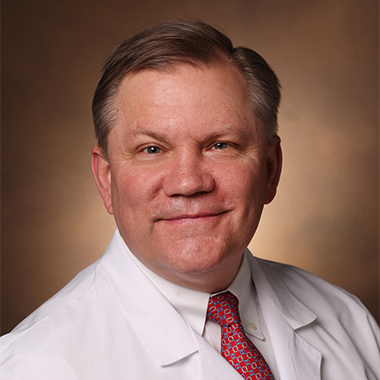You may need PT for shoulder replacement surgery before and after the procedure — here’s why.
Our shoulders are an integral part of our daily activity — that’s why osteoarthritis of the shoulder can be such a frustrating and painful condition. If you’re considering a shoulder replacement, you may be wondering about the commitment regarding physical therapy.
Physical therapy is most often prescribed after shoulder replacement surgery to help the muscles recover from the procedure. But physical therapy is sometimes prescribed before shoulder replacement surgery, as well. We reached out to Dr. Peter Chang, a Vanderbilt Sports Medicine shoulder surgeon to get his take on prehab (before surgery) and rehab (after surgery).
Prehab before shoulder replacement
If your pain improves with physical therapy prior to surgery, then joint replacement may not be necessary. “I typically will have patients try physical therapy for six to eight weeks and see how they do,” Chang said. If pain persists, and other non-operative measures have been attempted then surgery is often the best course of action.
Prehab also has the potential to help with the procedure and improve outcomes. “People with osteoarthritis in their shoulders frequently have pain and stiffness because the shoulder hurts when they move it,” Chang explained. “So they move it less, and that creates stiffness. If the shoulder is stiff, we have to release a lot of that scar tissue and stiffness to do the operation.” Physical therapy before surgery can help relieve the stiffness and may help with pain.
Rehab after shoulder replacement
Physical therapy after shoulder replacement is designed to protect and heal shoulder muscles and tendons. “To do the operation, there’s a muscle in the front of the shoulder called the subscapularis that we detach so we can put the joint in, and then we repair that muscle at the end of surgery,” Chang explained.
During physical therapy, you will safely and gradually regain range of motion. Then once the subscapularis is healed, strengthening can begin through continued therapy. “Many patients have not used their shoulder much for the years prior to their shoulder replacement,” Chang said. “And so they’ve developed a lot of atrophy and weakness. Getting that strength back will be important to having a shoulder that works as well as it possibly can.”
Time commitment
Chang said most patients require at least 12 weeks of physical therapy. He recommends attending in person physical therapy for 4-5 months after surgery. However, if you have severe stiffness or weakness prior to surgery, then physical therapy after surgery may take up to 16 weeks. For the first six weeks, therapy is recommended twice per week to work on initial range of motion. Then, if patients want therapy can be done once per week in person. Patients should work on things on their own five days per week.
“Patients will still see gains in strength and endurance up to a year after the operation.”
In many cases, you won’t need to commute to a clinic. “The world is changing,” Chang said. “Patients are doing a lot more of this at home, which I think is good.” Most patients will work with a physical therapist two to three times per week if they’d like. There may even be telehealth options available or home health PT. But Chang said to plan for spending about 30 to 45 minutes each day on a variety of exercises.
After physical therapy
After that three-month period when you’ve completed your physical therapy program and have regained your range of motion, the journey continues. Chang said he recommends that patients maintain their strengthening regimen for additional improvement. “Patients are usually very happy at three months,” he said. “Their pain is gone, they’re sleeping better, their range of motion is good and they’re doing activities around the house. But patients will still see gains in strength and endurance up to a year after the operation.”

If you have shoulder pain or a shoulder injury, the specialists in the Vanderbilt Shoulder Care Program can help you find relief. They provide a range of treatments, from physical therapy to total shoulder replacement.


